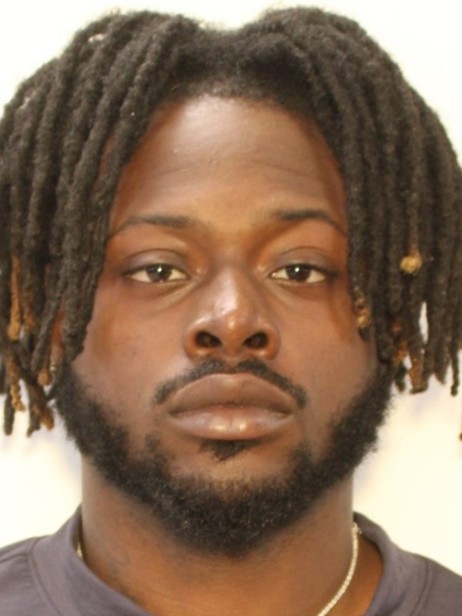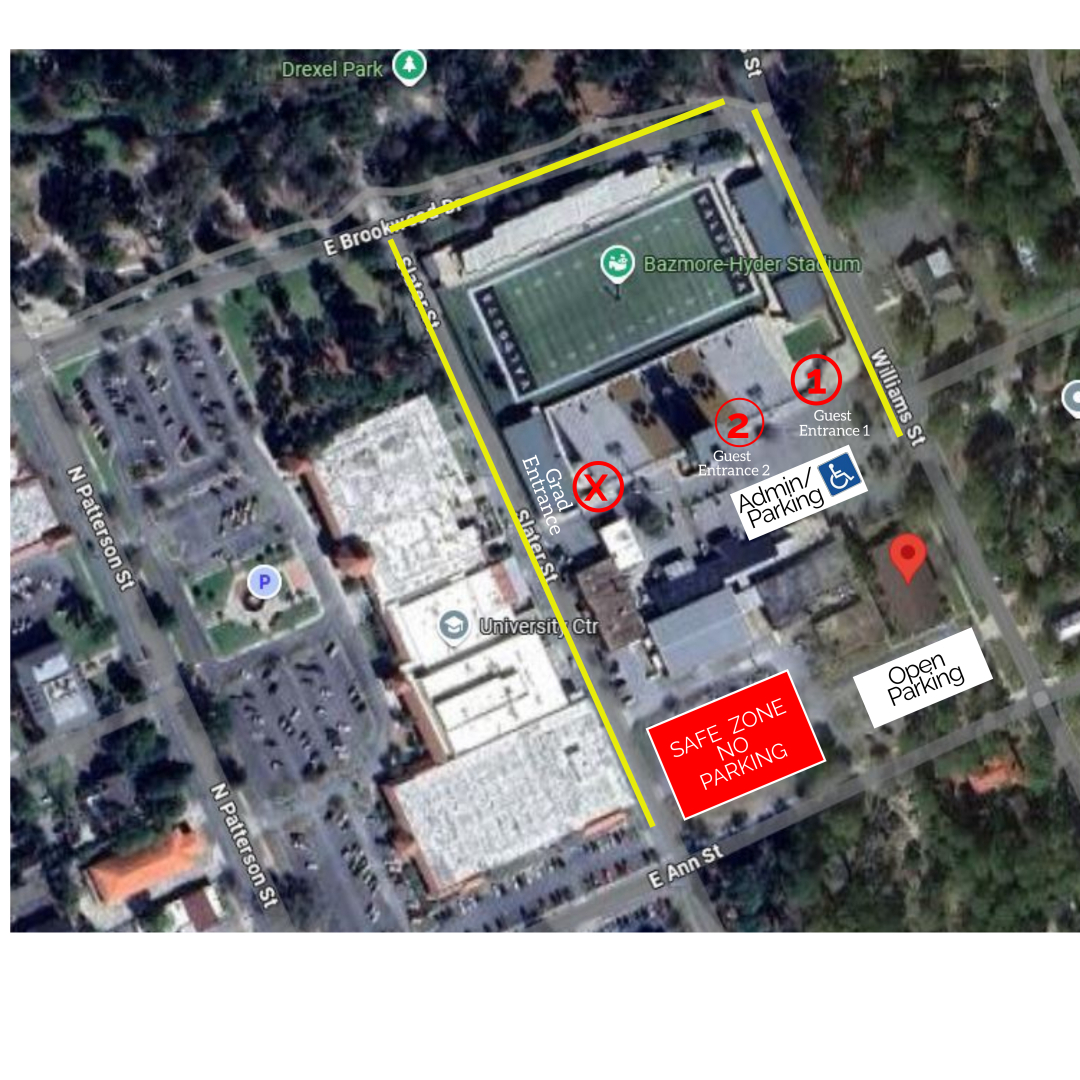Musgrove: Suwannee County’s haunted history
Published 11:00 am Monday, October 28, 2019

- Eric Musgrove
As I mentioned this time last year, my family and I do not personally celebrate Halloween. However, just about everybody likes a good ghost story or two. Over the next couple of weeks, we’ll look at a few historical ghost stories related to Suwannee County that I have heard over the years, along with some background information…
When Europeans arrived in Florida, Native Americans called the Timucua lived in the area that is now Suwannee County. These fierce warriors would attack other Native American groups that encroached upon their territory, or when they simply wanted a new wife. Arrayed with tattoos for deeds of bravery, they lived in villages throughout the countryside, fishing, hunting and farming.
In January 2007, a patron was staying at the Spirit of the Suwannee Music Park when they went down to the Suwannee River around 8 p.m. to swim. It was cold, and they were the only one there. Once they got out of the water and began looking for their towel, a man dressed in Native American clothing walked up to the water and without looking at the patron, kneeled down to take a drink. The apparition stood up and within the blink of an eye was gone. The patron reported that they still visit the Spirit of the Suwannee every January.
In 1539, Hernando de Soto led an expedition of some 600 men into Florida, tasked with exploring the territory and to find riches that were rumored to be in the area. Landing at Tampa Bay, de Soto and his men marched northward until reaching the Suwannee Valley, where they fought the Battle of Napituca against hundreds, if not thousands, of Timucuan Native Americans in September of the same year. Recuperating from the battle and the massacre of Timucuans that followed thereafter, the Spanish made their way westward in a trek that ultimately spanned much of what is now the Southeastern United States.
About 25 years after de Soto and his men traveled through Florida, Spain began to colonize the territory. St. Augustine was established in 1565 as the first permanent settlement in the United States, although others had been attempted prior to that. About 50 years later, in the first two decades of the 1600s, the Spanish moved to expand their influence by colonizing the interior of Florida. The Camino Real, or royal road, connected St. Augustine with other outposts in Florida and beyond, and crossed the Suwannee River at what is now Charles Springs. Gradually, several missions and communities were established within Suwannee County. Life was tough for the settlers, who had to deal with not only disease, insects, and snakes, but also the threat of attacks by the English, French, and Native Americans. An unknown number of Spanish families lived in the Suwannee Valley area during Spain’s first colonial period, between the early 1600s and the mid-1700s. Many of the settlers did not find happiness here.
On the Santa Fe River, near Branford, a ghost still supposedly walks the riverbanks. As the story goes, she is the ghost of a Spanish colonial-era woman who decided to elope with her lover, abandoning her husband and two girls to the harsh wilderness that they called home. But her lover rejected her, and in her anger, she shot him dead and ran back to her house. Crazed, she drowned her two daughters in the nearby Santa Fe River and then jumped in after them. Today, her ghost roams the banks, screaming and crying loudly. It is said that she now hates all males with a passion and will attack them on sight. If you see a woman in a flowing white gown along the Santa Fe River at or near dark and you’re a man, run!
More haunted history next week…
Eric Musgrove can be reached at ericm@suwgov.org or 386-362-0564.





